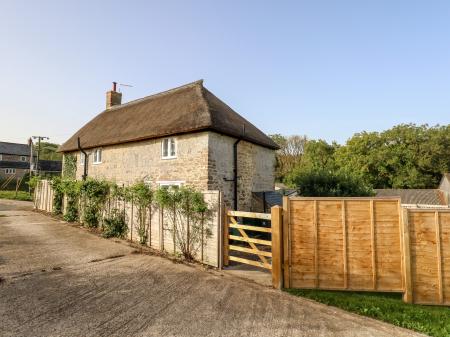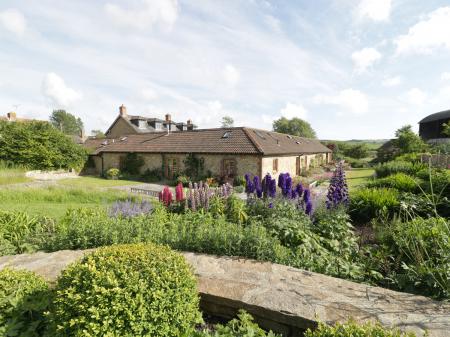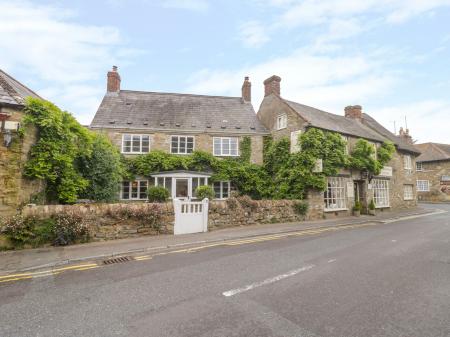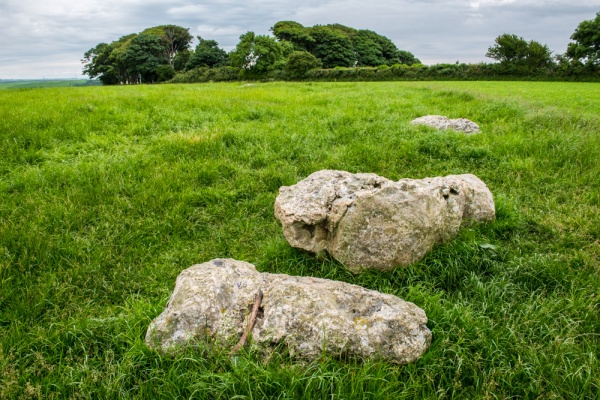
The circle is 30 metres in diameter, and the height of the stones varies from 1 to 2 metres -- though it is difficult to really get a sense of the height of the stones since they all lie flat on the ground.
I wouldn't call Kingston Russell a particularly outstanding stone circle, but it is interesting. The stones lie in the middle of a farm field, not in the exposed hilltop location you usually find. And though the stones all lie flat on the ground they are of various sizes and shapes, which really makes you wonder why the builders chose those particular stones.
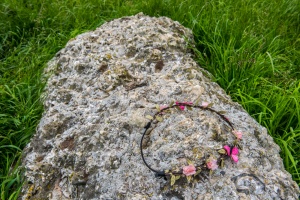
That's one of the fascinating things about Kingston Russell; the variety of shapes and sizes used for the stones. None of them appears to be similar, and I couldn't see any evidence that they were shaped or carved in any way.
When I visited someone had left a floral garland on one of the recumbent stones. It is fascinating that even after thousands of years people still treat stone circles with respect, even reverence, and make them a place for ritual observances.
Getting There
This is an open-access site, though a bit awkward to get to, and it is not signposted until you are almost on top of it. The site is 750 metres north-east of Gorwell Farm and the MacMillan Way long distance trail passes directly beside the site.
The best way to reach the circle is to take the minor road north from Portesham, signposted to the Hardy Monument. Where the road to the Monument goes off to the right, take the left-hand fork towards Abbotsbury. After a mile, just before a sharp left bend, there is a small lane off to the right towards Gorwell farm. There is space for 2-3 cars to park on the verge just before a cattle grid.
To the right of the cattle grid is a narrow lane, and leading off that is a signed footpath.
Follow the footpath for one mile as it runs parallel to the field boundary. Just where the trail joins the MacMillan Way you will see what appears to be a circular area of tall grass in the field to your right. If the grass is high you won't immediately see the fallen stones, so it won't at first glance look like a stone circle.
Be aware that in places the footpath is muddy, so hiking boots or some other kind of solid walking footwear is a good idea, especially after a rain.
It took me a solid hour to walk to the stone circle, photograph it, and walk back.
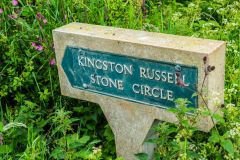
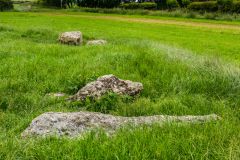
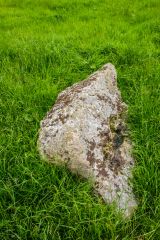

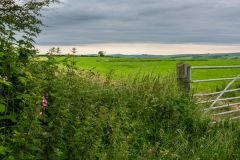
 We've 'tagged' this attraction information to help you find related historic attractions and learn more about major time periods mentioned.
We've 'tagged' this attraction information to help you find related historic attractions and learn more about major time periods mentioned.